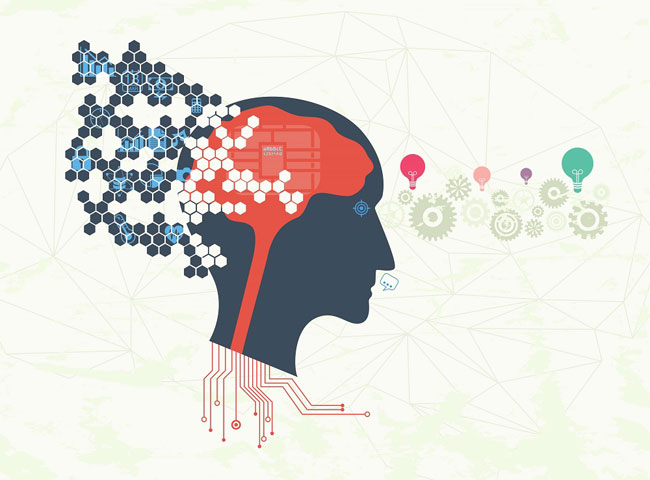 Learn more about how language can determine the way we perceive and feel about the world.
Learn more about how language can determine the way we perceive and feel about the world.
The number of languages and dialects from around the world is quite impressive, and when you consider ancient or forgotten languages, it’s even more amazing. Today, we have more access to different languages than ever before.
Whether we catch a foreign film or travel overseas for a holiday, we might be exposed to different linguistic content. Many countries are multi-cultural hubs, populated by folks from different backgrounds, speaking different languages. Think about mainstream cities such as New York or London!
When picturing these diverse, multi-cultural cities, it’s interesting to think about language. How does it affect the way we see the world?
Words.
Languages are living things, meaning that their vocabulary can change over time. In addition to that, various communities and social groups might actually speak differently, due to various sub-slangs and other linguistic circles. For instance, young people might express themselves differently when compared to a much older generation. The culture and environment around us also directly impact our language. It’s a fascinating field of study, which is still in its early stages.
Colors.
The language we speak influences many different things. It can impact the way that we think about time, space, and even colors!
There was a recent study that compared the way different people perceive the color blue. Individuals from English-speaking countries couldn’t detect a gradual color change from light to dark blue. However, participants from Russia could readily identify this categorical change. The study suggests that the people who came from a Russian language background could identify the color change quicker. The reason? Possibly because they had different words to specifically categorize different shades of blue. Their language had a more accurate degree of depth when describing various shades of the color, as opposed to chalking them all down to the same word.
People who speak different languages focus on different things, depending on the words or sentence structure available to them. It influences our thought process and our feelings.
Space and time.
There was a recent study focused on an Australian indigenous community whose members didn’t use the words “right” and “left”. Instead, they used compass directions in their daily interactions. For instance, every time they would greet each other they would respond by saying which orientation they were walking in. Conversely, English speakers wouldn’t rely so much on that. Even if someone would ask an English speaker for directions, it would invariably involve the words “right” and “left,” rather than “west” or “south.”
The bottom line is that the way those indigenous people use compass directions in their language has a profound impact on how they move in the landscape.
Gender.
Gender can play a significant role across many languages in cultures. In languages such as German, Italian, and Spanish nouns are gendered. This means that there are masculine and feminine words, rather than neutral terms. For instance, in the Italian language, the word beer is “Birra” which is a feminine noun. The Italian word for wine is “vino”, which is a masculine noun.
Research indicates that the way that native speakers describe these objects depends on the gender of the noun. For example, “vino” may be described as strong and full-bodied, which are more masculine words. “Birra” may be described as “light” and “bubbly”, which are more feminine characteristics.
In conclusion, it is becoming increasingly clear that language has a deep impact on the way we think, describe, and feel about the world.
Learn more our tailored language programs!
Source: How language shapes the way we think | Lera Boroditsky
Related articles
How Your Brain Processes Language
Language Learning for Adults: 5 Strategies to Make It Easier


